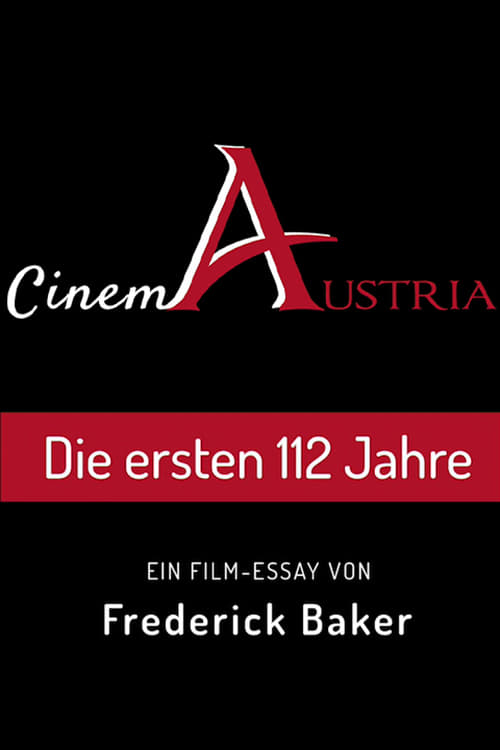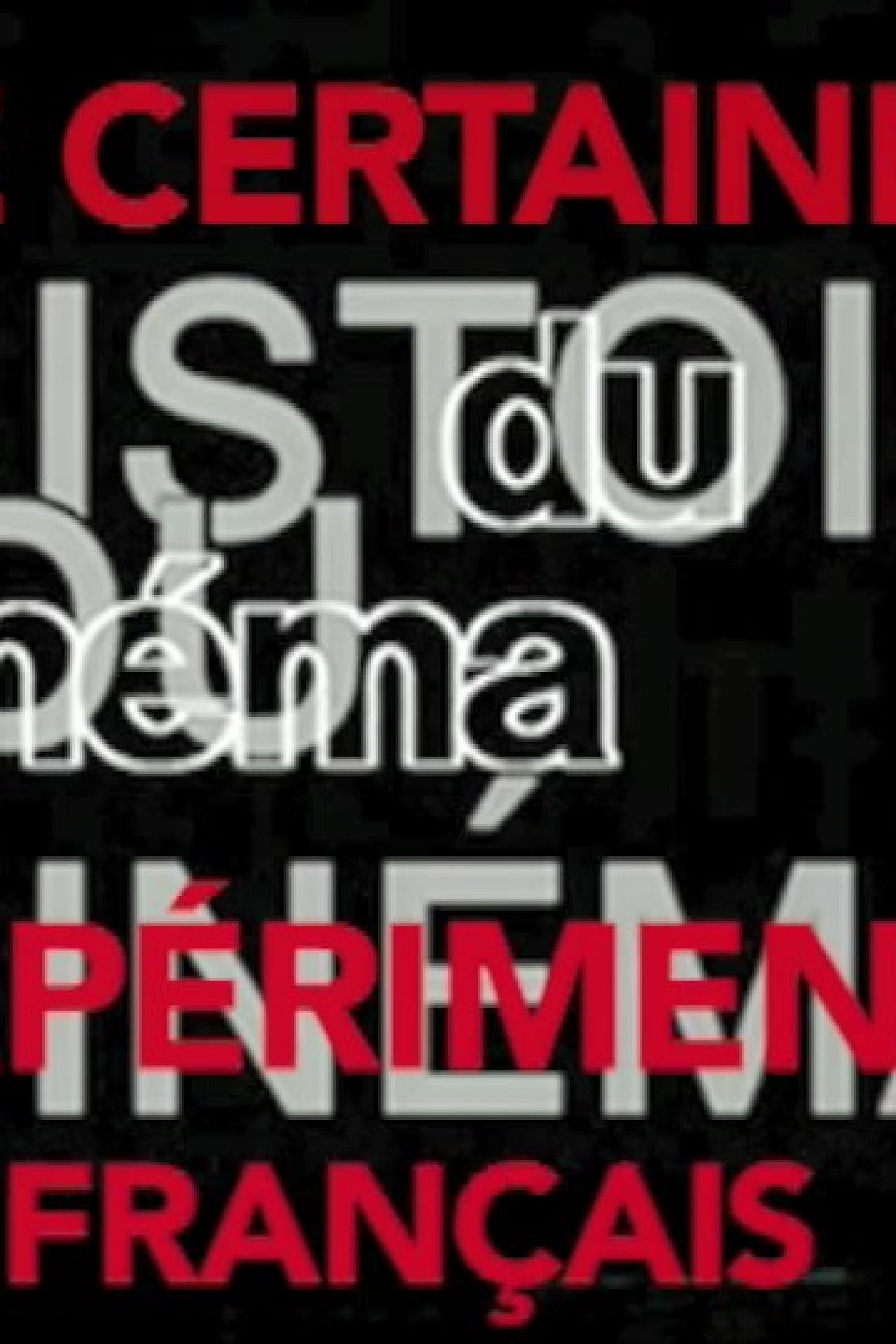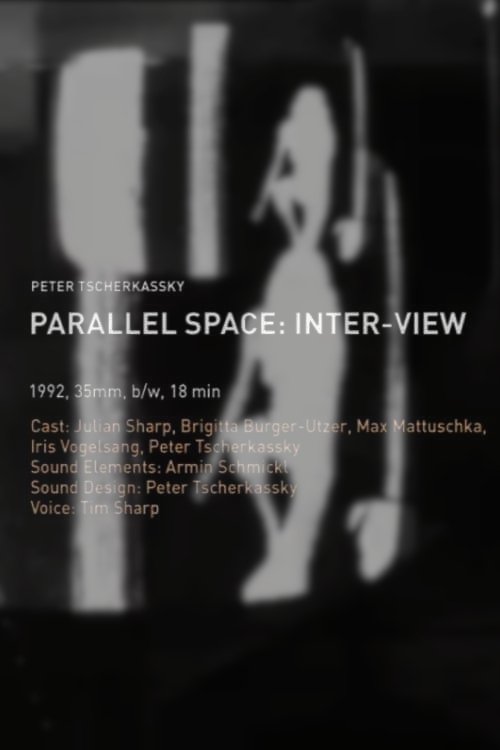

This historical and analytical documentary draws attention to the background of the roots of "New Austrian Cinema" and presents Austria as a film country to be taken seriously. The audience gets to see rare early works by well-known filmmakers as well as shots of landscapes that served as a source of inspiration and locations that have produced important Austrian films since the end of the 19th century.

In this Documentary Peter Tscherkassy talks about his work and he demonstrates in the Darkroom how his Movies are made.

Parallel Space: Inter-View is made with a photo camera. A miniature photo is exactly the size of two film frames. Optically it resembles a flickering double exposure; the former temporal and spatial unity disintegrates into pieces which have a correspondence with each other. (Peter Tscherkassky) Photographic processes - the material transformations involved in recording, developing, printing and projecting - functions as metaphors for psychological processes.

On the 28th of October 1884 Daniel Paul Schreber, candidate of the National Liberal Party in Chemnitz, suffered a heavy defeat at the elections of the German Reichstag. He was taken up in the mental clinic of the Leipzig University soon afterwards. To his rehabilition he wrote an extensive piece of work, "Denkwürdigkeiten eines Nervenkranken" (Memoirs of My Nervous Illness), which was published in 1903 and led to his temporary dismissal. Hereby Schreber became the most quoted psychiatric patient in scientific literature. The third part was realized by Peter Tscherkassy based on a concept by Ernst Schmidt Jr.
Peter Tscherkassky is an Austrian avant-garde filmmaker who currently works exclusively with found footage. All of his work is done with film and heavily edited in the darkroom, rather than relying on technological modes. Tscherkassky not only presents beautiful and haunting images, but also forces the audience to rethink the traditional conception of film and film narrative.
By browsing this website, you accept our cookies policy.